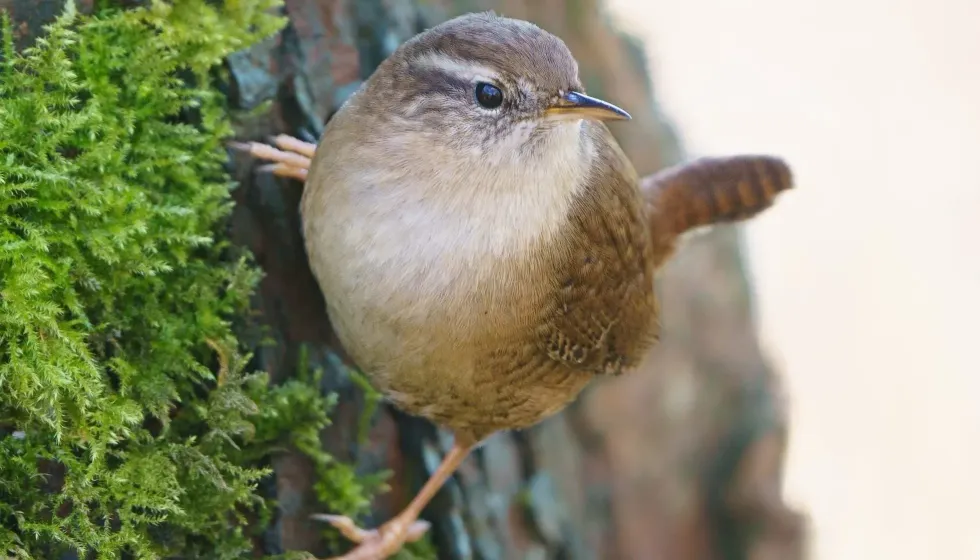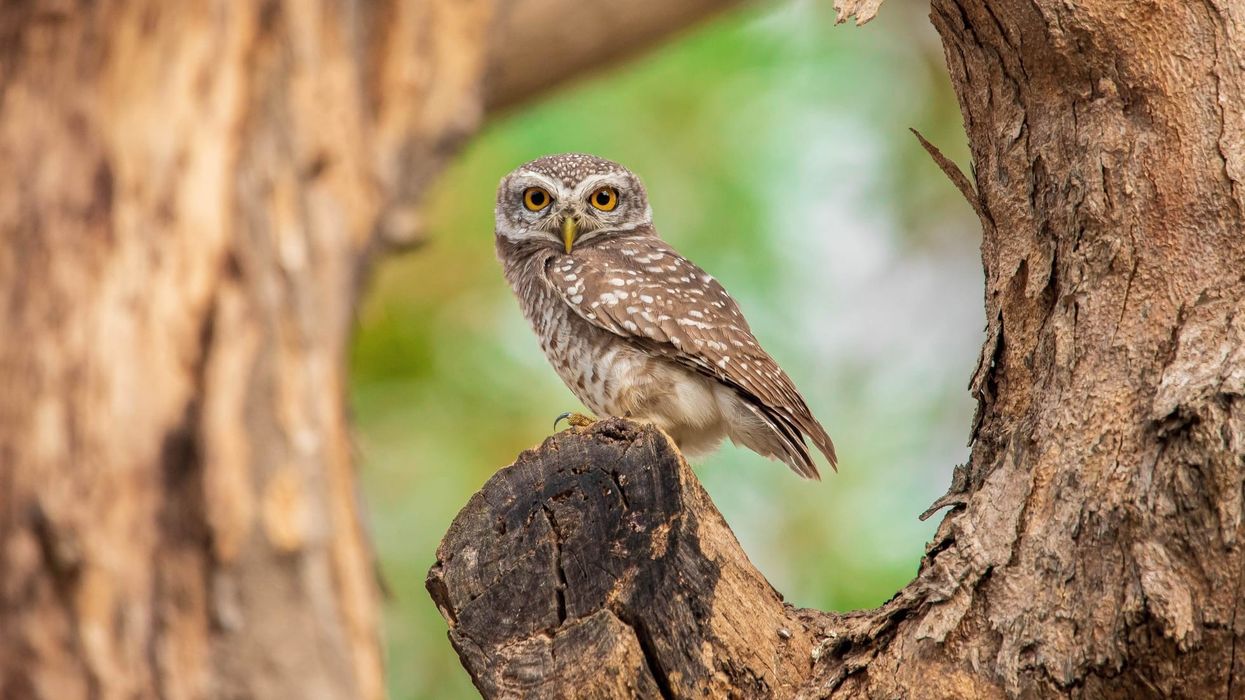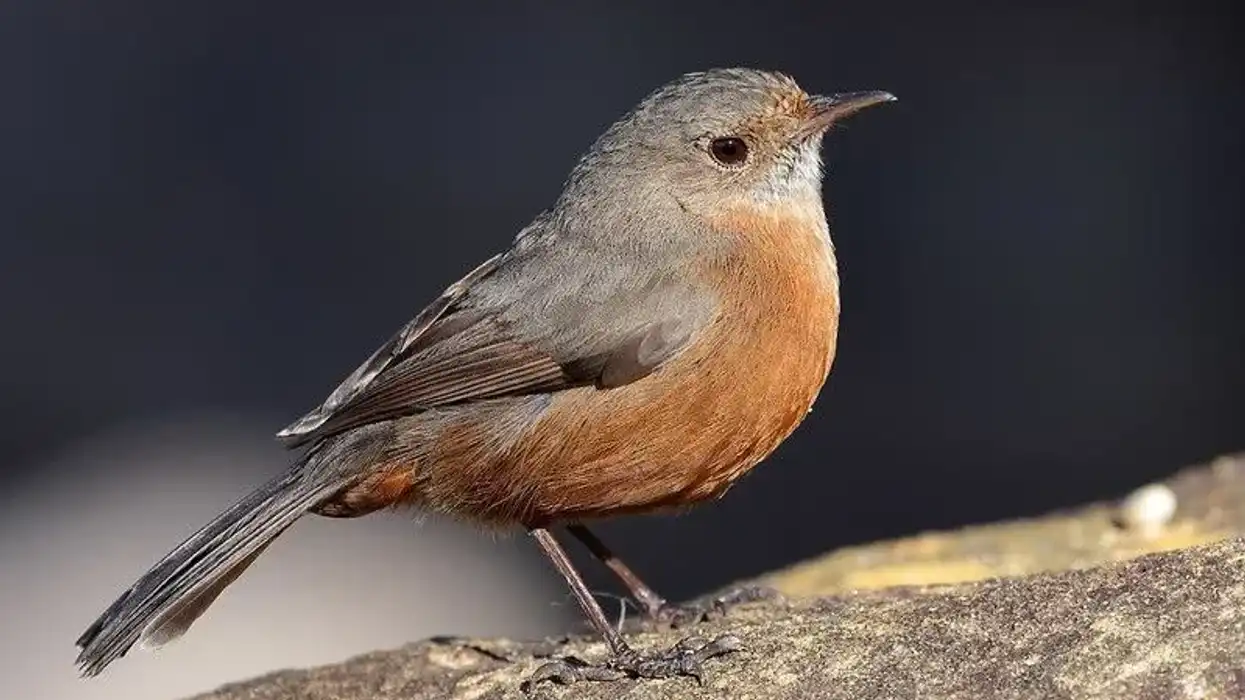In this article, we will learn and read some interesting things about Pacific wrens (Troglodytes pacificus). These small birds are found in North America and belong to the New World wren family.
Pacific wrens were considered part of the same species as the winter wren until 2010. After that, the winter wren species was divided into the Pacific wren, the winter wren, and the Eurasian wren.
They are highly vocal and can be heard chirping about and singing complex songs. Male wrens are responsible for building multiple nests when trying to attract females. The nests are lined with feathers and animal hair.
Interestingly, males are also known to build dummy nests that can be easily identified by the absence of any such linings. These birds feed on insects that they find on decaying wood and upturned roots.
These birds are pleasant to have around and are known to symbolize vibrancy, happiness, and alertness. Read on to learn more about the melodious and sweet Pacific wren bird.
If you enjoy reading about birds, be sure to check out our crowned eagle and tawny owl facts too.
Pacific Wren Interesting Facts
What type of animal is a Pacific wren?
The Pacific wren (Troglodytes pacificus) is a type of bird.
What class of animal does a Pacific wren belong to?
The Pacific wren belongs to the class Aves and the family Troglodytidae.
How many Pacific wrens are there in the world?
There has not been enough research conducted to calculate the total population of Pacific wrens in the world.
Where does a Pacific wren live?
These wrens are mostly found along the western coast of North America and in the interior western states. Along the west coast, their range extends from Alaska to central California. During the winter season, breeding birds in Canada travel short distances toward the south.
What is a Pacific wren's habitat?
A Pacific wren's habitat is mostly found in evergreen canopy-covered forests. There are significant populations in other coniferous forests, deciduous forests, and mixed evergreen forests too.
They can also live in other types of forests that have a dense understory of thickets. During winters, fallen logs and brush piles situated close to streambanks become integral features of this bird's habitat.
Who do Pacific wrens live with?
These North American birds are mostly solitary. However, in extreme weather conditions, they do not hesitate to share nests or tree holes with other wrens.
How long does a Pacific wren live?
Wrens like the Pacific wren live on average for two years but some can have a longer lifespan. The oldest recorded Pacific wren lived to six years and six months!
How do they reproduce?
During the breeding season, male Pacific wrens sing to attract females. Courtship displays include the male perching near the female fluttering his half-opened wings while singing. These birds usually nest on natural cavities like upturned trees and decaying logs. The nest is built primarily by males and is lined by females.
The female lays about one to nine white eggs with brownish-red spots. The incubation period lasts about 17 days. The young hatchlings are fed by both parents.
Sometimes, some males chase away already-mated males. They proceed to kill the eggs and then take the females left behind as their new partners!
What is their conservation status?
Pacific wren (Troglodytes pacificus) populations have been listed as Least Concern by the International Union for Conservation of Nature (IUCN). Their population is stable.
Pacific Wren Fun Facts
What do Pacific wrens look like?
The Pacific wren is a rufous-brown colored small bird. It has a buff eye line and a slender dark brown bill paired with a short stubby tail that is held upright. Their wings, tails, and underparts have dark barring. Both males and females are similar to each other in appearance.
How cute are they?
These small North American birds appear to be very cute with their evenly colored rufous-brown body and dark brown bill. Their sweet, trilling songs make them even cuter to listen to.
How do they communicate?
Pacific wrens communicate through songs and calls. These birds have well-developed hearing abilities and can convey a lot of information in a small song. During breeding especially, the males can be heard singing complex songs.
How big is a Pacific wren?
The Pacific wren (Troglodytes pacificus) is North America's smallest wren and can measure about 4 in (10.16 cm) from the tip of its dark beak to its short, stubby tail. The winter wren is similar in size to this bird.
How fast can a Pacific wren fly?
One can spot these little birds flying about in forests at nifty speeds. Yet, there are no reliable studies on how fast these birds fly and their range of speed.
How much does a Pacific wren weigh?
This bird's population is extremely lightweight. This bird weighs between the range of 0.28-0.42 oz 0.28-0.42 oz (8-12 g) which is, again, similar to the weight of the winter wren.
What are the male and female names of the species?
There are no unique names to identify male and female wren populations.
What would you call a baby Pacific wren?
Baby Pacific wrens can be called nestlings or fledglings according to their ability to fly.
What do they eat?
This bird species is a group of insectivores and they feed on insects like beetles, ants, ticks, caterpillars, flies, and even spiders all year round. They look for their prey on decaying wood and upturned roots. At times, fruits and small vertebrates like tadpoles, and small fish are also consumed by these birds.
Are they poisonous?
This bird is not poisonous and does not cause any harm to human beings.
Would they make a good pet?
The Pacific wren species would not be the ideal choice for a pet, however much you are tempted to adopt them by listening to their sweet song. These small birds do not do well in captivity. Wrens live in the wild and require a large space to move about in and they are great to have in the wild.
Did you know...
The Pacific wren species and the winter wren were once considered to be part of the same species. But in 2010, the winter wren was split into three different species.
Multiple nests are built by male wrens during the breeding season. They lead the female wrens to the different nests, and the latter is given a choice for the nest. These nests also tend to be perched within 6 ft (1.8 m) of the ground.
The Eurasian wren closely resembles the Pacific wren and has a brown body. The Eurasian wren is the only wren that is found outside of North America.
What does a Pacific wren sound like?
The song of this bird is sweet-sounding with trilling notes in a staccato rhythm. Their songs are complex and are sung by the males on various occasions.
During the breeding season especially, males can be observed singing regularly. Such is, in fact, its complexity that the males sing about 50 different phrases as part of their five to 10-second song! Their calls sound like one sharp check call and are made both by the male as well as female species.
Pacific wren vs. Bewick's wren
These two species are closely related to each other. Bewick's wren is larger and has an unstreaked gray belly and brown back whereas the Pacific wren is brown all over its body. The song of the Pacific Wren also happens to be a bit different from the Bewick's.
Here at Kidadl, we have carefully created lots of interesting family-friendly animal facts for everyone to discover! Learn more about some other birds from our bowerbird facts and frigate bird facts pages.
You can even occupy yourself at home by coloring in one of our free printable Pacific wren coloring pages.










